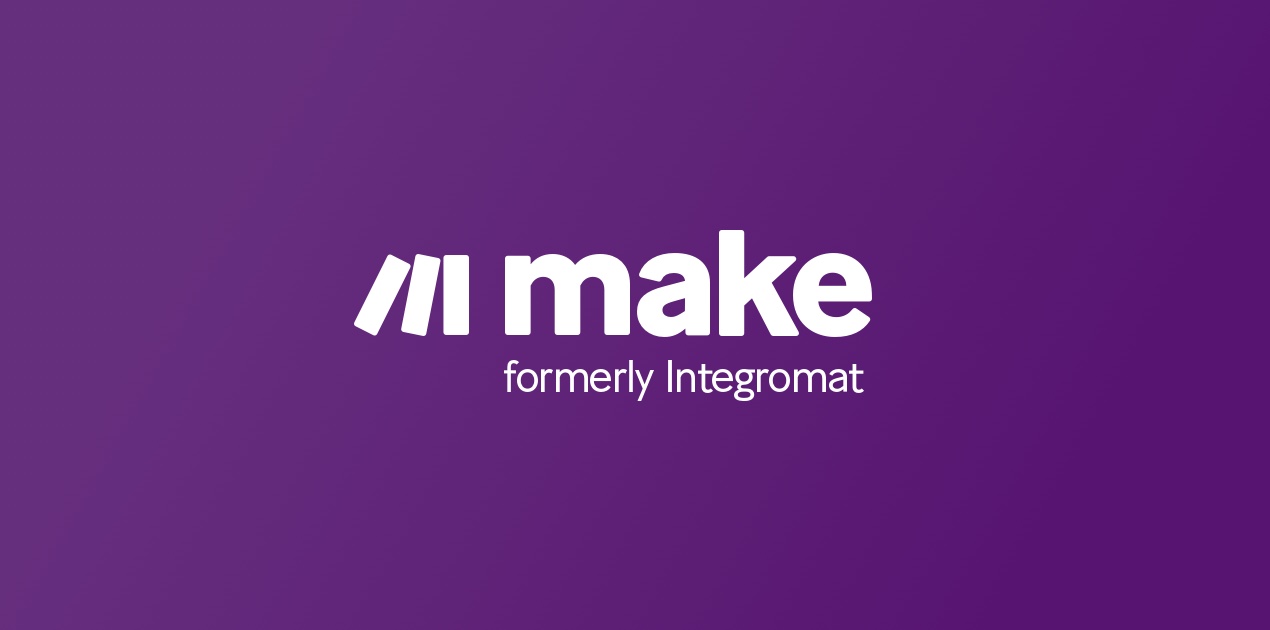**Simplified Product Description:**
This workflow automates the creation of a 300-page book from beginning to end, ensuring consistent formatting, quality proofreading, and a structured Table of Contents. The process is segmented into stages that include content creation, revision, formatting, quality checks, and finalization.
**Simplified Workflow Steps:**
1. **Create Book Structure:** Use a JSON object to outline chapters, subchapters, and key topics.
2. **Initiate Workflow:** Utilize n8n with a Start node to kickstart the process, adhering to the book structure.
3. **Craft Outlines:** Send the structure to an LLM API like OpenAI’s GPT-3 through an HTTP Request node for detailed chapter outlines.
4. **Generate Content Tasks:** Use a Function node to create tasks for content creation based on the outlines.
5. **Content Creation:** Send tasks to an AI writing tool such as GPT-3 for generating content that aligns with chapter topics.
6. **Word Count Validation:** Ensure content meets word count requirements with a Set node.
7. **Compile Content:** Merge all content into a comprehensive dataset using a Merge node.
8. **Proofreading:** Send the manuscript for initial proofreading (grammar, style, spelling) with a Proofreading API like Grammarly.
9. **Deeper Proofreading:** Utilize a Function node with a Python script for thorough proofreading matching content with the book structure.
10. **Enhancements:** Break down text for further improvements by another LLM for enhanced readability and factual consistency.
11. **Revision:** Decide on further proofreading and revision needs based on previous checks through a Function node.
12. **Formatting:** Use a formatting API like Pandoc via an Execute Command node to format text with proper page numbers, fonts, and styles.
13. **Table of Contents:** Generate a Table of Contents using a Function node referencing chapter outlines and page numbers.
14. **Final Formatting Check:** Utilize another Proofreading API with HTTP Request nodes to check for formatting errors.
15. **Summary Report:** Create a summary report comparing the final work with the original outline using an AI summarization tool.
16. **Save Manuscript:** Save the final manuscript as a PDF or DOCX on a cloud storage service like Google Drive.
17. **Error Detection:** Include an Error Trigger node to detect workflow issues and alert the operator for immediate attention.
18. **Automation:** Set up automatic workflow processing using a Cron node for multiple book creations or periodic updates.
Implement this comprehensive workflow to efficiently produce high-quality, well-researched, and professionally formatted books for easy publishing.

